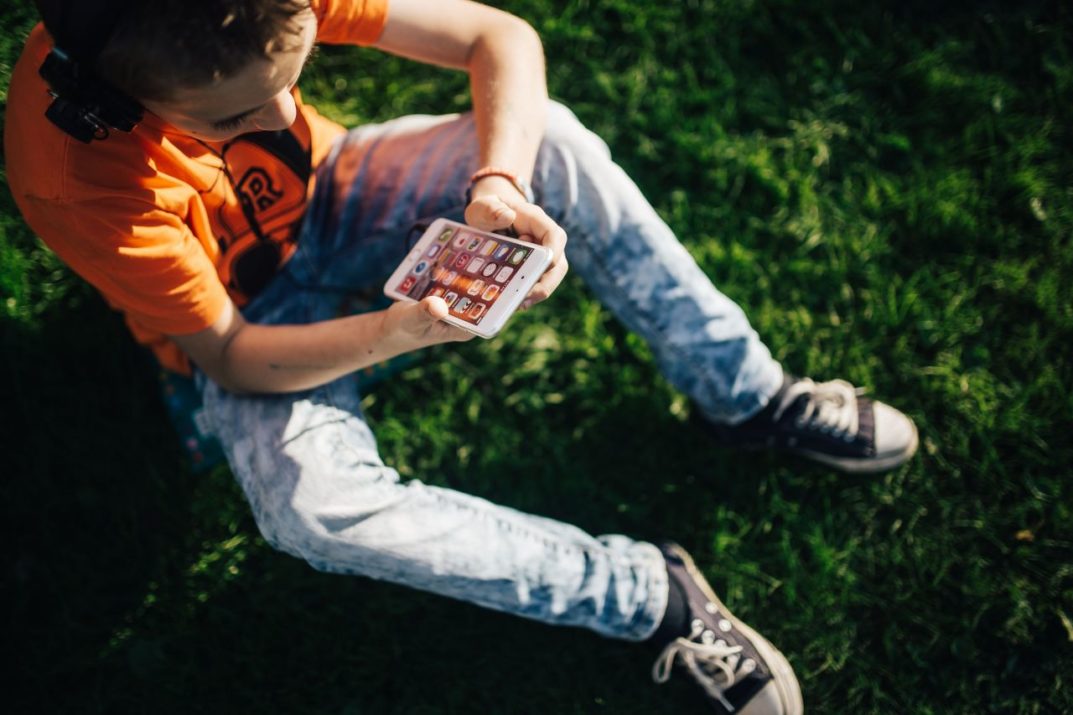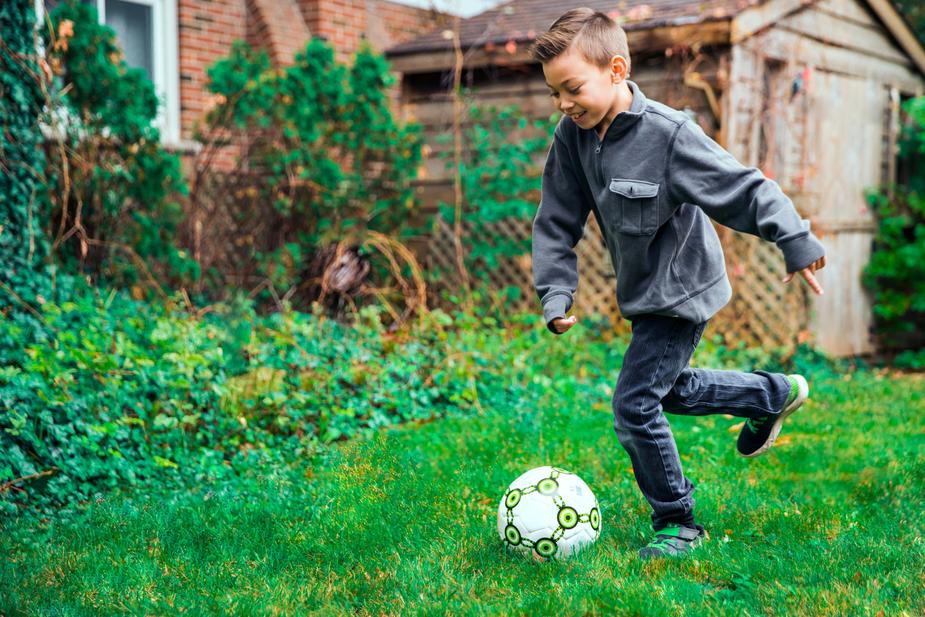
Whether it’s social media and texting or YouTube and Netflix, there are endless reasons for students to consume technology. However, studies have shown that too much screen time can have a negative impact on student development, health and long-term success.
To ensure that screen time is balanced with real-world experiences in your classroom, here are some suggestions from the experts teachers can implement.
Drawbacks of Excessive Student Screen Use
One of the biggest drawbacks to overuse of digital devices and screen time is that it has lead to rampant cyberbullying. Liberty Science Center editor Martha Pickerell explains that emotional abuse and online bullying are increased with the use of technology because it allows students to be cruel to one another anonymously.
Spending more time on screens increases the chances that a child will engage in bullying, whether they’re doling out or receiving such behavior.
There’s an impact on learning, too. Smartphones might be leading to poor writing and literacy development, TV host Kate Durocher suggests. Too much texting can cause students to overengage in shorthand and poor spelling, which can transcend into their schoolwork. Moreover, relying too heavily on autocorrect can cause students to actually forget — or never learn — how to spell more complicated words.
Psychologist Shane Owens adds that using smartphones heavily is associated with depression, anxiety and difficulty sleeping. Another interesting study shows that frequent smartphone users are more likely to experience chronic pain and eye problems. “There’s also evidence of a relationship between parents’ smartphone use and kids’ bad behavior,” he adds.

Finding a Healthy Balance
Too much screen time can be a detriment to student learning and development, but not enough technology experience can put a child behind for the future. So how can teachers help maintain a delicate balance between the two?
Author Anya Kamenetz, who explores the balance between screen time and family time in her book The Art of Screen Time, is an expert on this topic. She says adults should approach screen time the same way they do healthy eating.
Screen time could be used as a metaphor for junk food — something to be consumed in moderation and with care. What types of shows or video games are unhealthy? Which educational programs can be nutritious to the mind?
Using that approach, teachers might work with parents to suggest educational programs that children could watch at home instead of cartoons or movies. The school Salvation Tree suggests choosing a mix of creative and informative channels along with those that incorporate music, sports or other interests.
Think of technology as a way to nurture a child’s passion, and direct them towards programs, apps or movies that represent those ideas.
Nihal Krishan at Inside Sources agrees that technology should be used to emphasize a student’s passions when it comes to classwork. Allowing students time to use technology to research a research project of their choice, for example, can help them learn the benefits of technology for personal development.
When Should Teachers Use Technology?
Teachers should also think about whether adding technology to a lesson plan really enhances the value.
Certain movies or videos might be the best way to explain a history lesson, for example, while an English lesson may be best taught using a book. Considering the value and role of technology in teaching can help teachers create a healthier and more intentional classroom technology strategy, according to Alanna Harvey, who cofounded Flipd, an app that helps students balance their use of tech. As a result, this may make it easier to balance time spent on and off the screen.
Ebook software company Kotobee agrees that teachers should first consider the value of using technology before jumping into a screen-based lesson. Shifting between traditional and modern forms of learning can ensure that a balance is maintained. For example, if you know you’ll be using technology for a certain lesson, try to incorporate a writing or book-based activity that goes along with it.

Healthy Relationships with Technology
Another way to strike a healthy balance of screen time is to set aside technology-free zones or time periods. Graphic designer Rebecca Peterson says this is all about creating boundaries. In the classroom, teachers can demarcate clear physical boundaries that are easy for students to understand.
For example, they can create a reading or sitting space for engaging in screen-free activities like reading and art. Teachers might also set aside time where students can talk and share ideas each day, all without the influence of technology.
Talking about social media and technology behaviors can also open doors to a stronger understanding of screen time and balance. In a parenting article in The Washington Post, journalist Adrienne Wichard-Edds says mentors might encourage students to step back and ask why they’re picking up their phone or why they’re turning to social media.
Once they start thinking about the innate habits that drive them to technology, whether it’s feeling bored or experiencing loneliness, they can take a more mindful approach to screen use. In turn, this makes it easier to make smart choices involving screen use.
It’s also interesting to consider the beneficial impacts of apps and games that encourage in-person experiences. For example, the Pokemon Go app encourages kids and teens to get out and explore their surroundings in a new and different way. Could this strategy be the answer to achieving a more balanced experience?
Perhaps from a recreational perspective, these activities can be a great way to pass the time. Yet, as CBC tech columnist Ramona Pringle points out, it still doesn’t replace experiences in nature.
Encouraging Outdoor Play
Author and journalist Richard Louv has written extensively about how underexposure to nature can also have negative consequences for the natural world. He says that most people who consider themselves environmental stewards, or nature lovers, have had inherently profound and personal relationships to nature.
Children who don’t experience nature often might not value it or recognize its importance. In turn, they likely won’t become environmental stewards and take the environment for granted.
There are many ways parents and teachers can encourage students to get outside and get moving, Cedric X. Bryant, Chief Science Officer for the American Council on Exercise, writes. However, it’s important that these activities aren’t considered as simply exercise.
When kids go outside to have fun, like playing on the jungle gym at recess, for example, or participating in school trips, being outdoors feels more like a lifestyle activity, rather than a health-related necessity. This teaches children that screen-free time is a normal and enjoyable part of everyday life.
Images by: Kaboom Pics, Kaboom Pics, Nicole De Khors


What do you think?